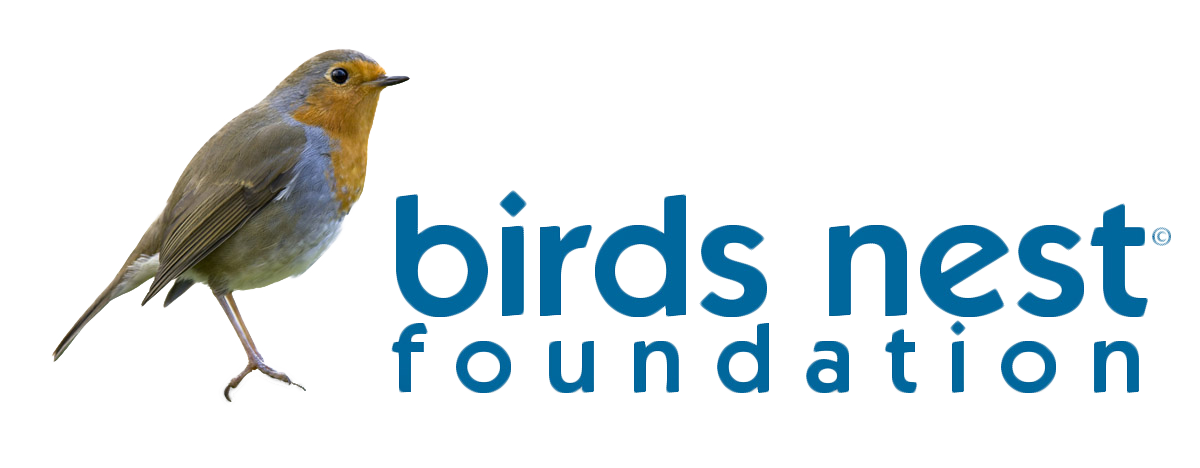It’s time to relax
Yoga are the physical, mental, and spiritual practices or disciplines that aim to transform body and mind. The term yoga is derived from the literal meaning of “yoking together” a span of horses or oxes, but came to be applied to the “yoking” of mind and body. The origins of yoga may date back to pre-vedic Indian traditions. Gurus from India later introduced yoga to the west. In the 1980s, yoga became popular as a system of physical exercise across the Western world.
On August 20, 2014, Bellur Krishnamachar Sundararaja Iyengar, one of the gurus who helped introduce yoga to the western world, died in the Indian city of Pune. He was 95. According to Abhijata Sridhar-Iyenger, his granddaughter, the cause was heart failure. This sad news rippled through India on Wednesday morning, and also made yoga devotees from all over the world deeply saddened.
B.K.S. Iyengar was born on December 14, 1918, into a poor family. The 11th of 13 children, he was born in the midst of an influenza outbreak. Mr. Iyengar survived tuberculosis, typhoid and malaria as a child. After these terrible experiences, he credited yoga with saving his life.
Mr. Iyengar’s practice is characterized by postures that require extraordinary will and discipline. Detail-oriented and slow-paced, Iyengar yoga is appropriate for all ages and abilities. It is best for beginners learning the fundamentals, and builds a superior foundation for other styles. Plus it systematically works every part of your body, giving you great muscle definition. You may use props – belts, blocks, and pillow-like bolsters – to get more perfectly into poses with correct alignment.
In addition to Iyengar yoga, there are many types of yoga to choose from. With any style of yoga, you can improve your strength, flexibility, and balance. And all yoga styles release tension in your body, quiet your mind, and help you relax. Many studies have tried to determine the effectiveness of yoga as a complementary intervention for cancer, schizophrenia, asthma, and heart disease. To get the most benefit, you should choose a yoga style that matches your current fitness level, as well as your personality and goals for practicing yoga.
Here are some of yoga styles.
– Ashtanga Yoga
You do a nonstop series of yoga poses. Ashtanga yoga also uses a special breathing technique that’s said to help focus the mind and control the flow of breath through the body.
– Bikram Yoga
You do a sequence of 26 yoga poses in a very hot room, above 100 degrees. Check with your doctor if you have a medical condition like hypertension or diabetes before starting this “hot” style of yoga.
– Hatha Yoga
Hatha yoga originally meant the physical practice of yoga: the poses, more than the breathing exercises, for instance. The term now is often used when a few different yoga styles are combined to create a simple class that’s good for beginners learning to do basic poses.
– Kripalu Yoga
Kripalu yoga begins with slow movements that barely cause a sweat, and progresses through three levels of deeper mind-body awareness.
– Kundalini Yoga
Kundalini yoga is more spiritual and philosophical in approach than other styles of yoga. It includes meditation, breathing techniques, and chanting as well as yoga postures.
– Power Yoga
Power yoga is one of the most athletic forms of yoga. Based on the sequence of poses in Ashtanga yoga, power yoga builds upper-body strength as well as flexibility and balance. You flow from one pose to another.
– Sivananda Yoga
You do 13 poses and lie down in between the poses. Sivananda yoga is easily adaptable to people of different physical abilities.
– Viniyoga
You focus on how your breath moves through your body and affects each pose. It’s not so much about doing every pose precisely. The long, deep stretches of this style of yoga are ideal for beginners and people who want to focus on flexibility, recovery from injury, body awareness, and relaxation.
Mr. Iyengar not only helped bring yoga to the West, but also awakened to the notion of an inner life. The idea behind the physical practice of yoga is to encourage deeper mind-body awareness. “I can remain thoughtfully thoughtless,” he said. “It is not an empty mind.” Nowadays people are full of stress, and in a state of tension. It’s time to relax and integrate our mind and body to create a greater connection with one’s own pure, essential nature, by doing yoga.
Sunmin Oh
Sources:
http://www.womenshealthmag.com/yoga
http://www.matsmatsmats.com/yoga/yoga-disciplines.html
http://en.wikipedia.org/wiki/Yoga
http://www.yogajournal.com/basics/165
Image source:
http://www.consciousconnectionmagazine.com/2013/05/growing-a-business-with-yoga-alliance/

